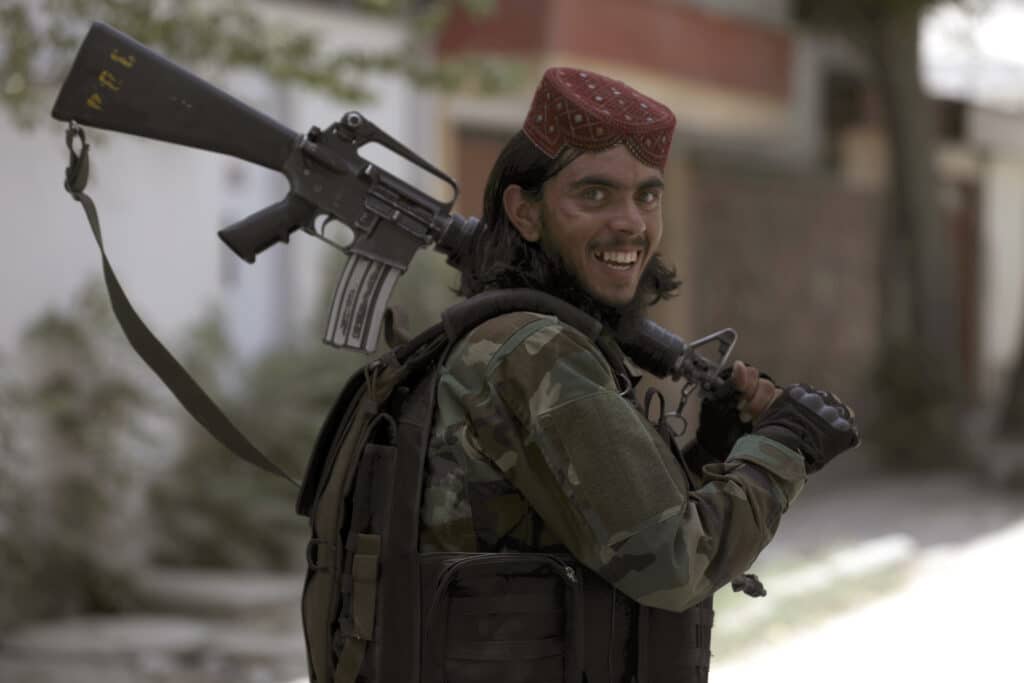A rare protest in Afghanistan was broken up by the Taliban, who killed at least one person. It is not known if it was the woman they killed for not wearing a burqa. Six were wounded, included a reporter and cameraman because they were covering the event. The Associated Press has the story:
Taliban already turning to violence despite vows to rule differently
KABUL, Afghanistan (AP) — The Taliban violently broke up a protest in eastern Afghanistan on Wednesday, killing at least one person as they quashed a rare public show of dissent. The militant group meanwhile met with former officials from the toppled Western-backed government.
As officials work to shape a future government, the United Arab Emirates acknowledged that Afghan President Ashraf Ghani, who fled the Taliban advance, and his family were in that country.
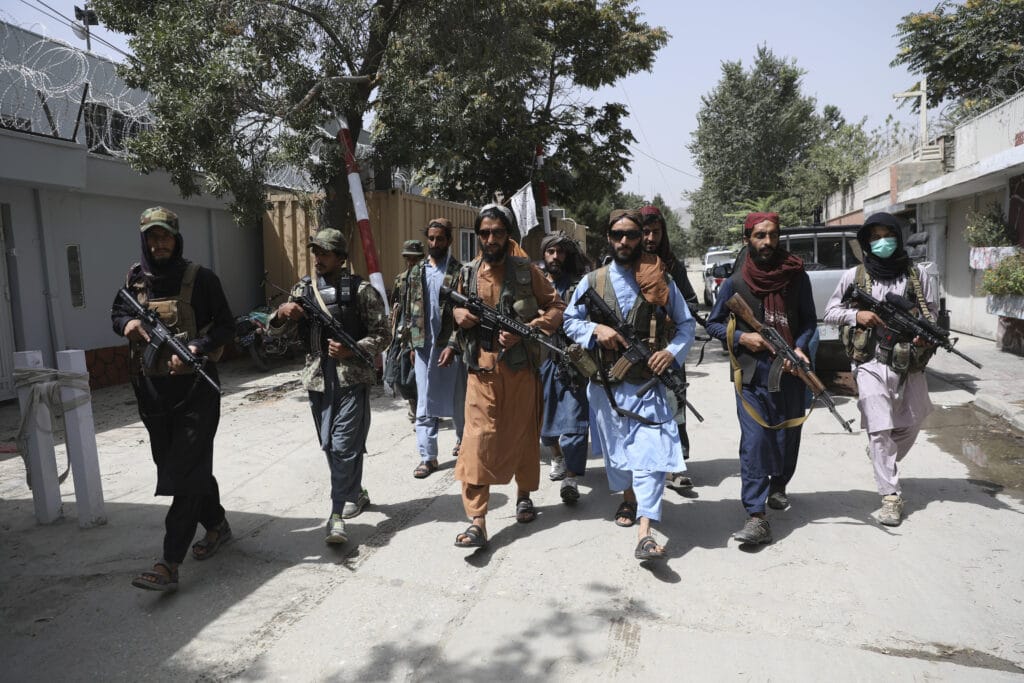
The Taliban’s every action in their sudden sweep to power is being watched closely. They insist they have changed and won’t impose the same draconian restrictions they did when they last ruled Afghanistan, all but eliminating women’s rights, carrying out public executions and harboring al-Qaida in the years before the 9/11 attacks.
But many Afghans remain deeply skeptical, and the violent response to Wednesday’s protest could only fuel their fears. Thousands are racing to the airport and borders to flee the country. Many others are hiding inside their homes, fearful after prisons and armories were emptied during the insurgents’ blitz across the country.
Dozens of people gathered in the eastern city of Jalalabad to raise the national flag a day before Afghanistan’s Independence Day, which commemorates the end of British rule in 1919. They lowered the Taliban flag — a white banner with an Islamic inscription — that the militants have raised in the areas they captured.
Video footage later showed the Taliban firing into the air and attacking people with batons to disperse the crowd. Babrak Amirzada, a reporter for a local news agency, said he and a TV cameraman from another agency were beaten by the Taliban as they tried to cover the unrest.
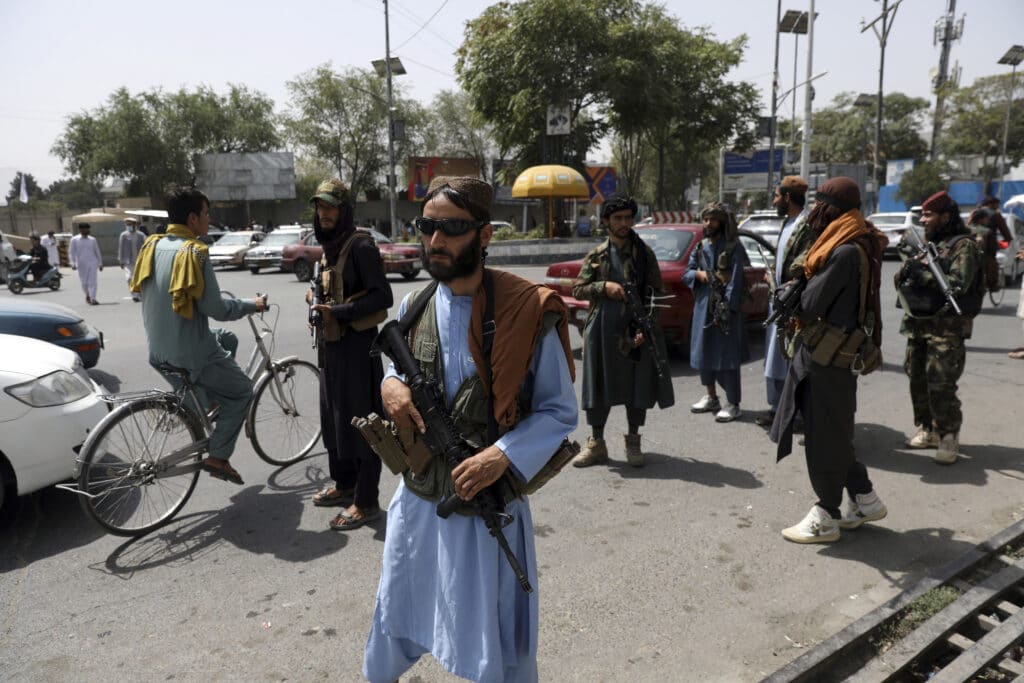
A local health official said at least one person was killed and six wounded. The official was not authorized to speak to media and so spoke on condition of anonymity.
Meanwhile, videos from the Panjshir Valley north of Kabul, a stronghold of the Northern Alliance militias that allied with the U.S. against the Taliban in 2001, appear to show potential opposition figures gathering there. It’s in the only province that hasn’t yet fallen to the Taliban.
Those figures include members of the deposed government — Vice President Amrullah Saleh, who asserted on Twitter that he is the country’s rightful president and Defense Minister Gen. Bismillah Mohammadi — as well as Ahmad Massoud, the son of the slain Northern Alliance leader Ahmad Shah Massoud. It’s unclear if they intend to challenge to the Taliban, who seized most of the country in a matter of days last week.
The Taliban, meanwhile, pressed ahead with their efforts to form an “inclusive, Islamic government.” They have been holding talks with former Afghan President Hamid Karzai and Abdullah Abdullah, a senior official in the ousted government. Mohammad Yusof Saha, a spokesman for Karzai, said preliminary meetings with Taliban officials would facilitate eventual negotiations with Mullah Abdul Ghani Baradar, the top Taliban political leader, who returned to the country this week.
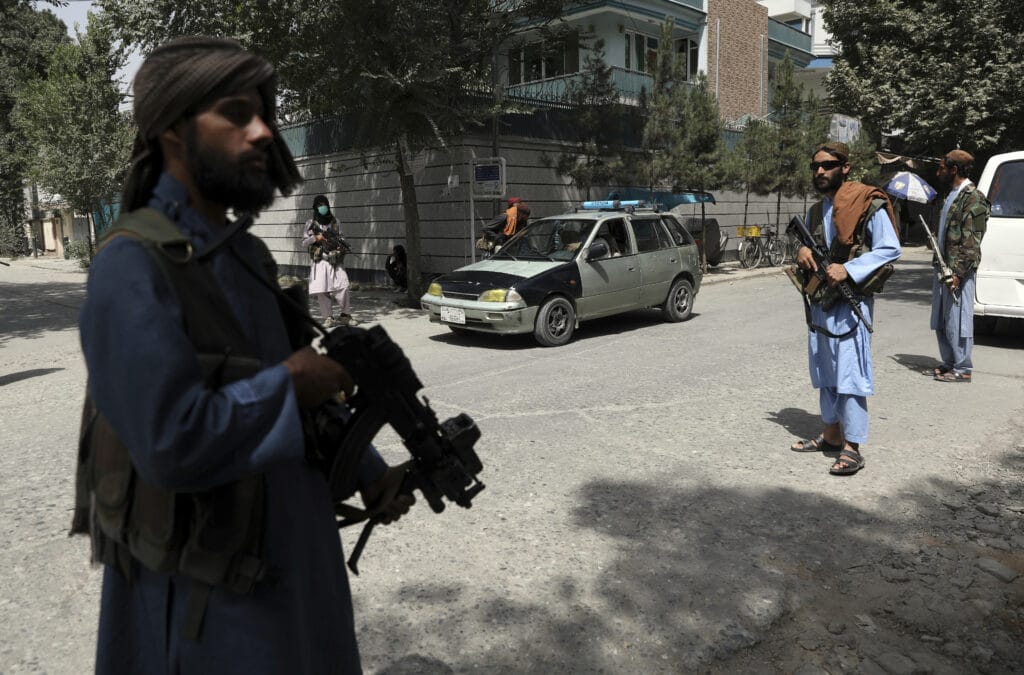
Karzai and Abdullah met Wednesday with Anas Haqqani, a senior leader in a powerful Taliban faction. The U.S. branded the Haqqani network a terrorist group in 2012, and its involvement in a future government could trigger international sanctions.
Meanwhile, the UAE’s Foreign Ministry acknowledged in a one-sentence statement that Ghani and his family were in the country for “humanitarian considerations.” The president fled the Taliban advance on Sunday and disappeared amid widespread anger from Afghans over the collapse of the country’s security forces.
The U.S. Embassy in Abu Dhabi did not immediately respond to a request for comment. It was unclear if he’d received any other assistance. The UAE is a close U.S. ally.
Amid the uncertainty, thousands of Afghans have tried to flee the country in recent days, and the U.S. and its allies have struggled to manage a chaotic withdrawal from the country.
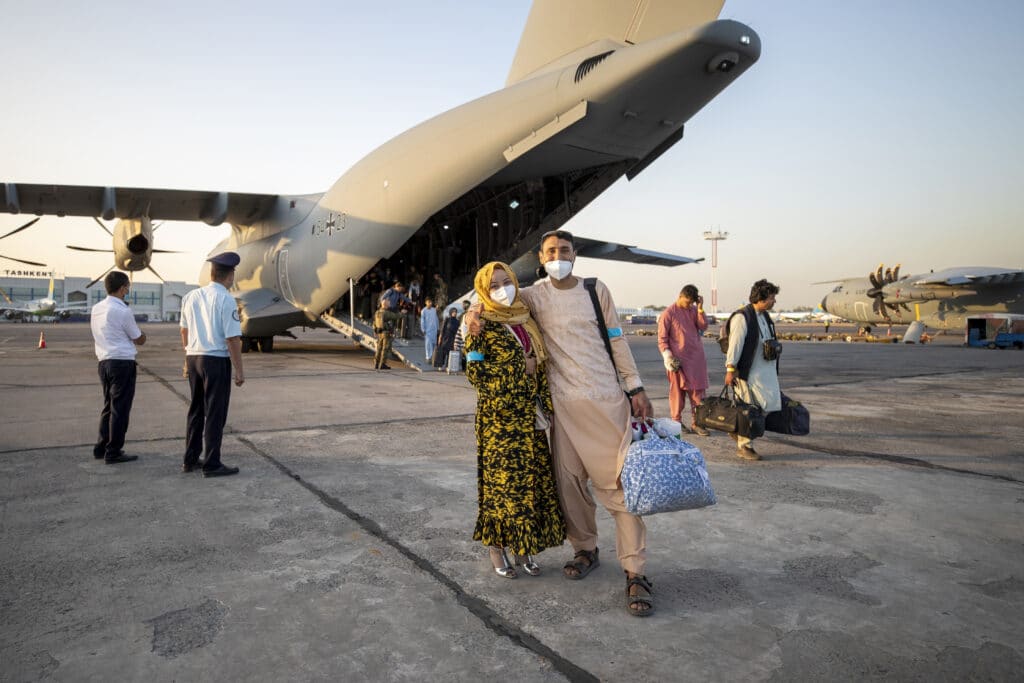
Hundreds of people were outside the airport early Wednesday. The Taliban demanded to see documents before allowing the rare passenger inside. Many of the people outside did not appear to have passports, and each time the gate opened even an inch, dozens tried to push through. The Taliban fired occasional warning shots to disperse them.
In Kabul, groups of Taliban fighters carrying long guns patrolled a well-to-do neighborhood that is home to many embassies as well as mansions of the Afghan elite.
The Taliban have promised to maintain security, but residents say groups of armed men have been going door to door inquiring about Afghans who worked with the Americans or the deposed government. It’s unclear if the gunmen are Taliban or criminals posing as militants.
Another Taliban promise being closely watched is their vow to prevent Afghanistan from again being used as a base for planning terrorist attacks. That was enshrined in a 2020 peace deal with the Trump administration that paved the way for the drawdown of American troops, the last of whom are supposed to leave at the end of the month.
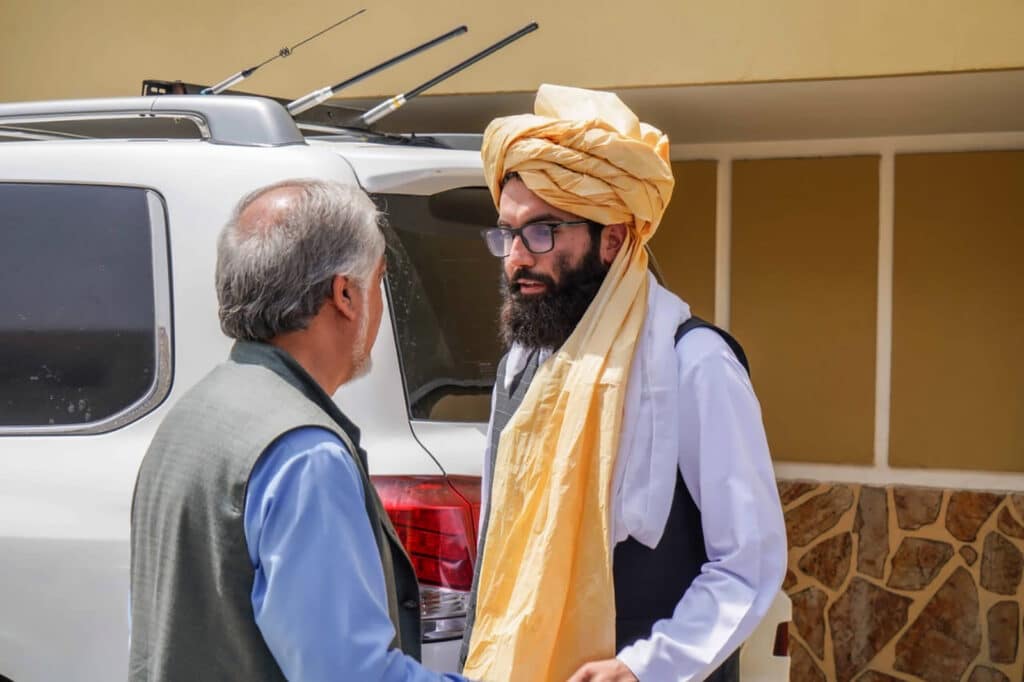
When the Taliban were last in power they sheltered Osama bin Laden and his al-Qaida group, which carried out the Sept. 11, 2001, attacks. U.S. officials fear al-Qaida and other groups could reconstitute themselves in Afghanistan now that the Taliban are back in power.
Elsewhere in Afghanistan, the Taliban blew up a statue depicting Abdul Ali Mazari, a militia leader killed by the Taliban in 1996, when the Islamic militants seized power from rival warlords. Mazari was a champion of Afghanistan’s ethnic Hazara minority, Shiites who were persecuted under the Sunni Taliban’s earlier rule. That further raised concerns about whether they would make good on their promises, including not seeking revenge on those who have opposed them.
In a sign of the difficulties any future Afghan government will face, the head of Afghanistan’s Central Bank said the country’s supply of physical U.S. dollars is “close to zero.” Afghanistan has some $9 billion in reserves, Ajmal Ahmady tweeted, but most is held outside the country, with some $7 billion held in U.S. Federal Reserve bonds, assets and gold.
Ahmady said the country did not receive a planned cash shipment amid the Taliban offensive.
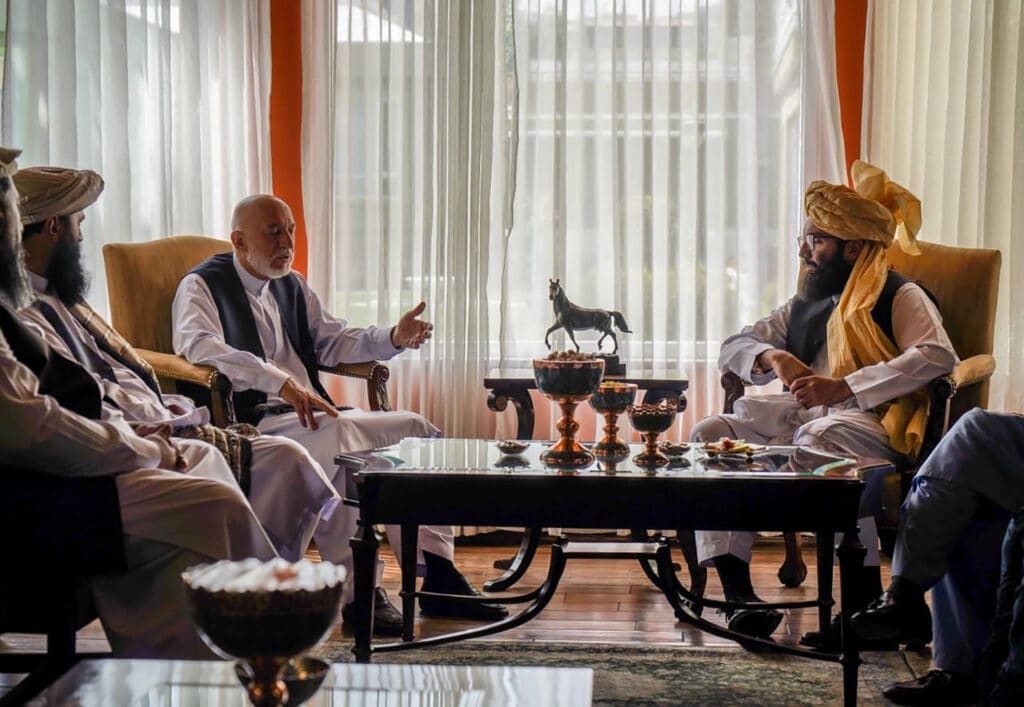
“The next shipment never arrived,” he wrote. “Seems like our partners had good intelligence as to what was going to happen.”
He said the lack of U.S. dollars will likely lead to a depreciation of the local currency, the afghani, hurting the country’s poor. Afghans have been lining up outside ATM machines for days, with many pulling out their life savings.
Ahmady said the Taliban will struggle to access the country’s reserves because of international sanctions.
The “Taliban won militarily — but now have to govern,” he wrote. “It is not easy.”
___
By AHMAD SEIR, RAHIM FAIEZ, KATHY GANNON and JOSEPH KRAUSS |
Faiez reported from Istanbul, Gannon from Guelph, Canada, and Krauss from Jerusalem. Associated Press writers Sylvia Hui in London and Jon Gambrell in Dubai, United Arab Emirates, contributed.

